Australia’s $10bn green bank, the Clean Energy Finance Corporation, set for carbon fight
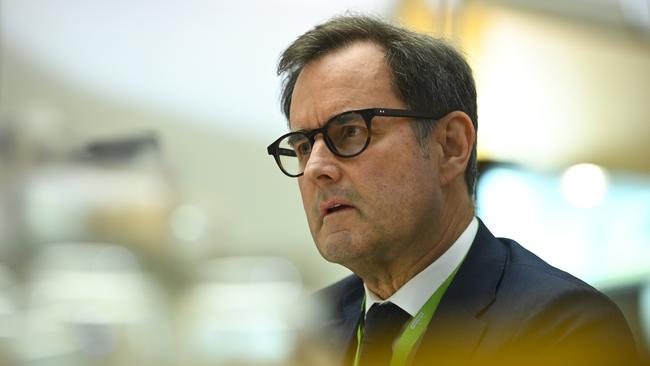
Put like that, three weeks ahead of COP26, the federal government’s Clean Energy Finance Corporation, or CEFC, under Energy and Emissions Reduction Minister Angus Taylor sounds important. And it is.
What is very odd, however, is that the CEFC cannot help the government with one critical challenge: carbon capture and storage. Its own Act forbids it.
On Saturday, Angus Taylor hit back at the BCA’s announcement that Australia’s biggest companies want a more aggressive 2030 emissions reduction target of up to 50 per cent below 2005 levels. And he accused the BCA of wanting to introduce a carbon tax by widening the Safeguard Mechanism that puts an obligation on big companies to keep emissions below business-as-usual level to some smaller businesses.
The government’s position to date is that technology, not promises, will deliver emissions reductions. Yet as the government scrambles to get Barnaby Joyce and the Nationals to back a net zero 2050 target in time for Glasgow, its green bank has one hand tied behind its back on CCS, a crucial technology for fossil fuel to underpin transition.
This should not take the shine off what the CEFC does do. Its task under Learmonth, a former Macquarie banker, is to boldly go where other investors are not willing or able to, in Australia’s transition to net zero with $10bn of taxpayer funds. “We are a force to be reckoned with out there, using our capital to fill gaps in the market,” he said.
Take Project EnergyConnect, which in May became the CEFC’s largest single investment of $295m. The 900km link connecting power grids in South Australia, NSW and Victoria will be critical infrastructure expected to lower power bills and employ 1500 people. “It unlocked $2.3bn in investment in transmission, and will unlock a couple of gigawatts in renewables,” says Learmonth.
On the economics, without the support the company behind the project, Transgrid, could not justify the build. The CEFC jumped in with a long-term subordinated note and a raft of other features, says Learmonth. “By using an instrument like ours sitting behind the senior debt and providing some cash flow relief, this allowed the project to work for Transgrid.”
Transgrid chief executive at the time Paul Italiano says the support was essential to his board’s final investment decision and other investors agree. Spark Infrastructure chief executive Rick Francis says without the CEFC “Transgrid’s credit metrics would have been materially and negatively impacted. EnergyConnect would have been unable to proceed.”
Some $6.5bn of $10bn in funding is committed and because the CEFC is more a lender than an equity investor, nearly $1bn of capital comes back each year to be recycled into the clean energy market.
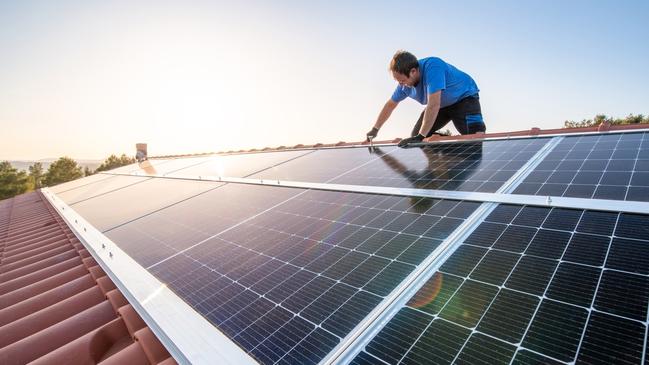
The ‘‘green bank’’ sits alongside Australia’s private sector champions in the race to net zero. “Obviously Cannon-Brooke has a lot of money and is very interested in the space, as is Andrew Forrest. These are people with deep pockets hugely committed to this as well,” says Learmonth.
“There are extraordinary people in garages working out how to recondition old household batteries, right through to the billionaires and we are looking at all those levels.”
Learmonth spent over a decade at Macquarie Group, the leading private sector force in green investment after buying the British government’s green bank. Working in structured finance in London during the first phase of the German wind market and later building the impact investment team at Social Ventures Australia was good preparation for the CEFC. “You’re not just investing for financial outcome; you are investing for the return, the carbon abatement and the impact on the marketplace delivering the government’s policy objective.”
In the early days, the CEFC was behind the very first wind and solar in the energy market. Now renewables are swamping the grid, the focus is large-scale storage, transmission, hydrogen and carbon exchanges that can support the huge uptake of renewables.
The CEFC has invested in $800m of green and sustainability bonds and is the country’s largest cleantech investor. This week, along with the government’s Business Growth Fund, it put $5m into the battery retrofitting business 3ME.
Half the portfolio is outside the energy space in property, infrastructure, agriculture and transport. Earlier this month the CEFC put $5m behind plant-based meats producer All G.
This broad-scale investment mandate makes it all the more bizarre that the CEFC does not invest in carbon capture and storage. The legislation which set up the CEFC almost 10 years still precludes it from doing so. “It was there from the start,” says Learmonth.
“That was part of an alliance between the Gillard government and the Greens. They said you can’t invest in nuclear and you can’t invest in CCS. So we can’t do CCS and that is one of the priority technologies under the low emissions technology standards.” He says the government would like to see change.
Does Learmonth believe Australia is on track to hit net zero emissions by 2050, firm commitment or otherwise? His answer is measured.
“There are some sectors that are decarbonising incredibly quickly. The energy sector is one of those. There are other sectors incredibly difficult to get to net zero, in agriculture and industry. If you look at all the graphs and projections, there is a lot that has to be done to get to net zero, including a lot of investment in sequestration and forestry.”
CCS may be off limits but the CEFC can take a lead in soil carbon storage. Learmonth says this could be the big solution for removing the hard to abate emissions that will remain once easier sectors like electricity are sorted. Just how to measure soil carbon credits accurately is a hot debate ahead of COP26 and Learmonth says this it is ripe for investment.
Of all the untested frontiers, Hydrogen is the most alluring. It ticks the box for the CEFC, but given the money already being thrown at the challenge by Andrew Forrest’s FFI, how does Learmonth make sure an investment is worthwhile and competitive? A fair question, he agrees, but the government directed the CEFC to invest $300m in clean hydrogen 18 months ago.
Money has been put behind Hystata, an electrolyser technology company at the University of Wollongong and another hydrogen investment is imminent in the transportation space. “We are not confined to $300n; that’s probably just a starting point,” Learmonth says.
What will become clear at COP26 is the crying need for a proper global trading market around carbon emissions. It is another tricky investment space. Learmonth moved in last month with a $20m investment in ESG commodities exchange Xpansiv, part of a $100m capital raising.
Xpansiv trades the government’s ACU’s in Australia and other carbon offsets in Australia and operates across the US and other economies. “The growth of carbon credits and offsets both in the regulated and in the voluntary market will grow spectacularly as countries and corporates set their net zero targets. A key focus of COP26 is looking at that connection between countries with carbon offsets. There is huge growth there,” says Learmonth. A carbon price there may not be; a carbon offset market is already a reality.
On a positive note, says Learmonth, CEFC-backed projects are bringing real employment opportunities.
“Many of these things we invest in we are creating a vast number of jobs. And as emerging sectors grow like green hydrogen – yes, it’s got a long way to run before it is competitive with gas – but it will create a huge amount of employment.”

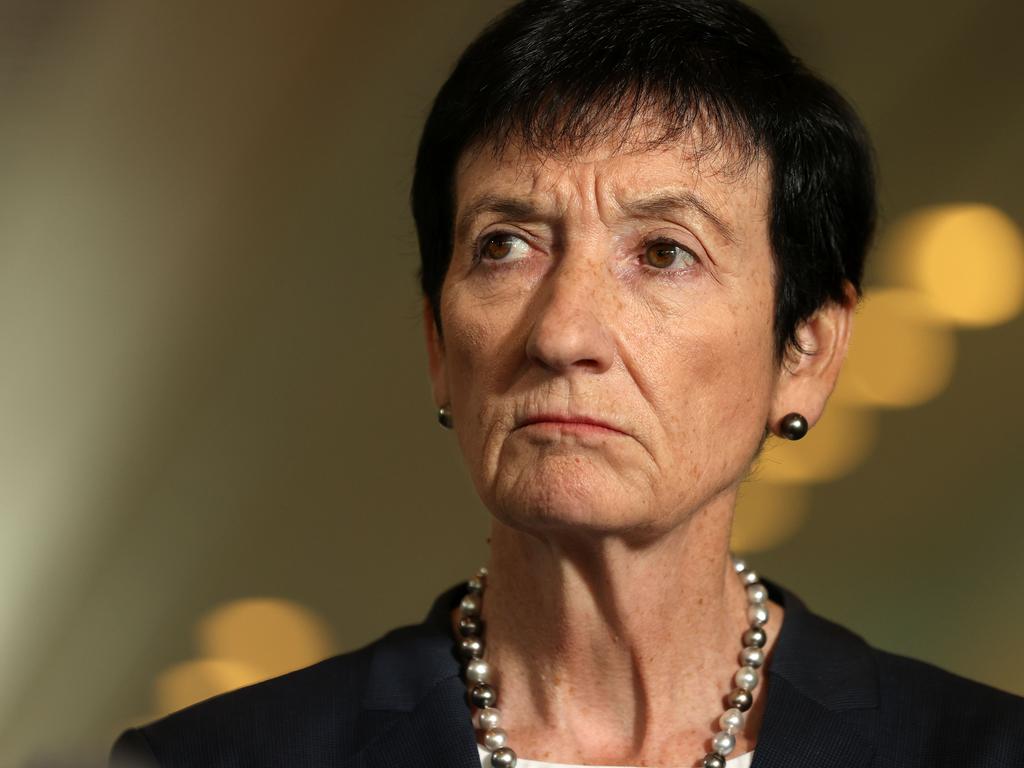
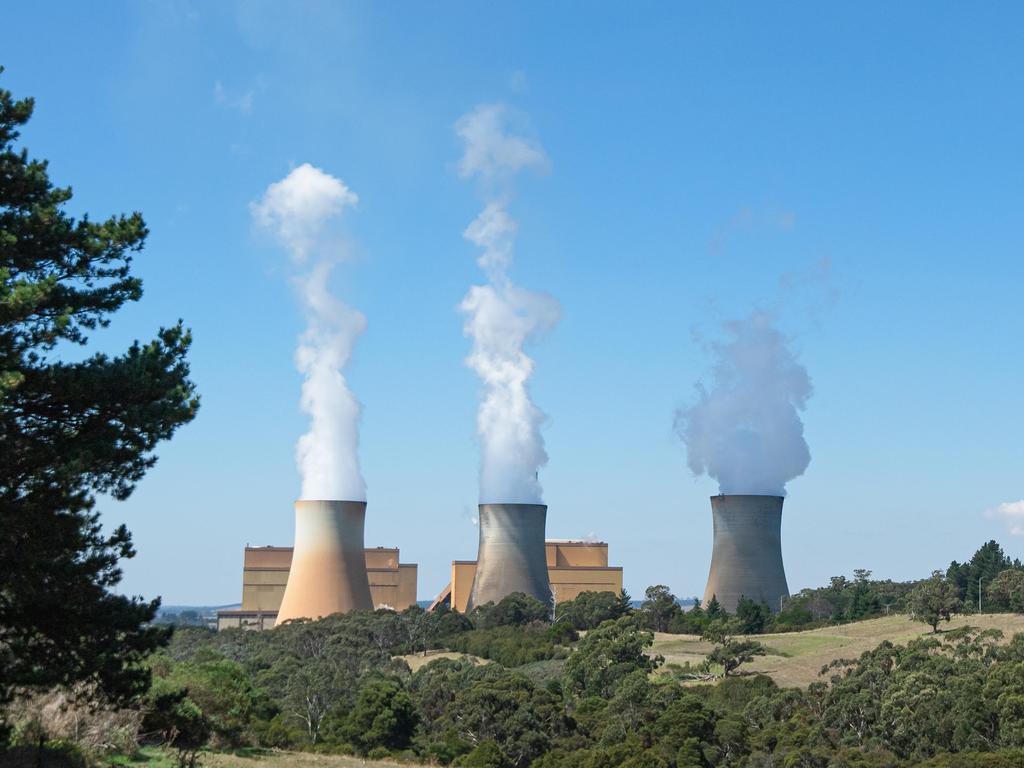
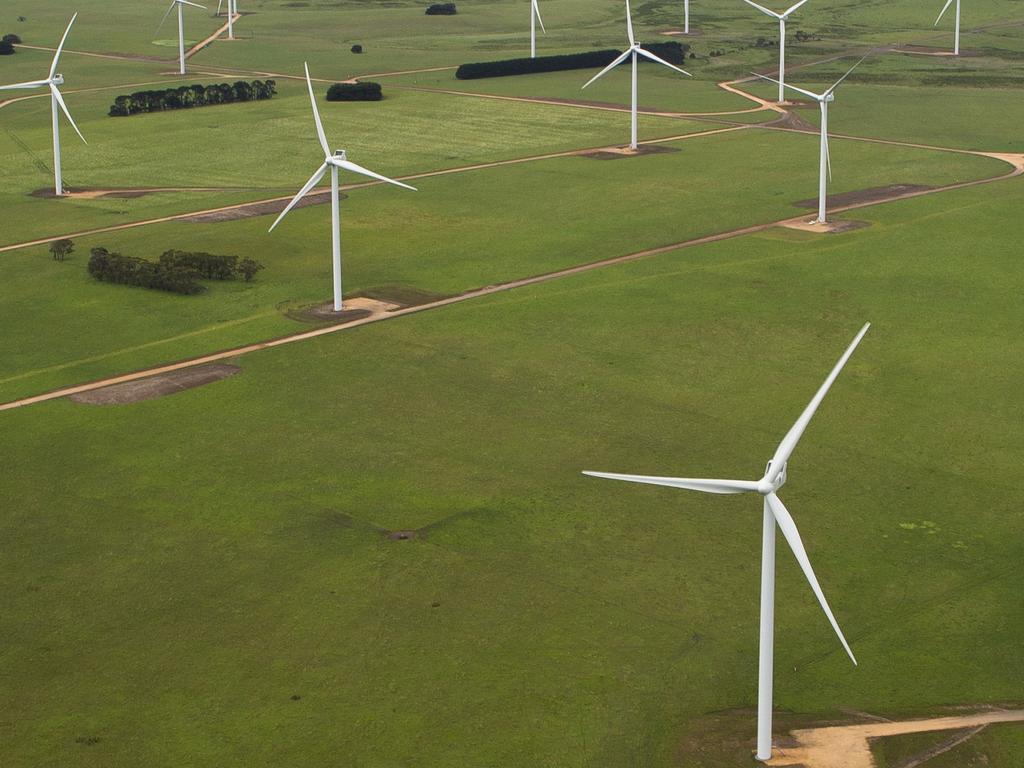


From Sydney Ian Learmonth runs the largest and most successful government green bank in the world, according to the Prime Minister.